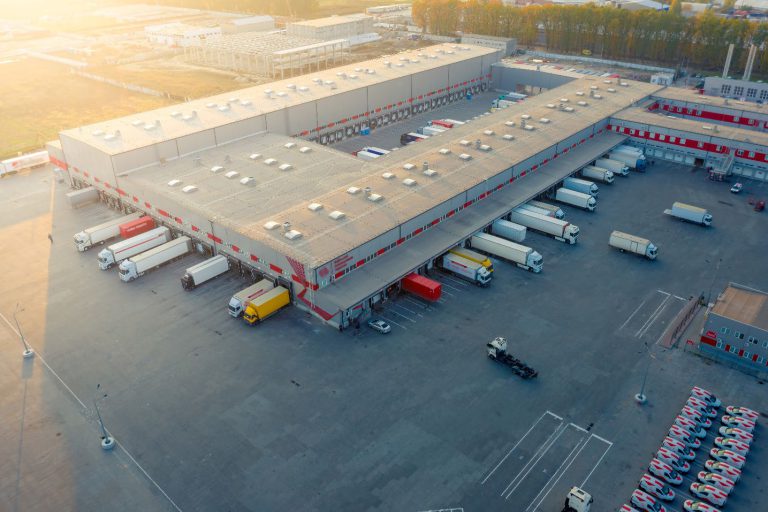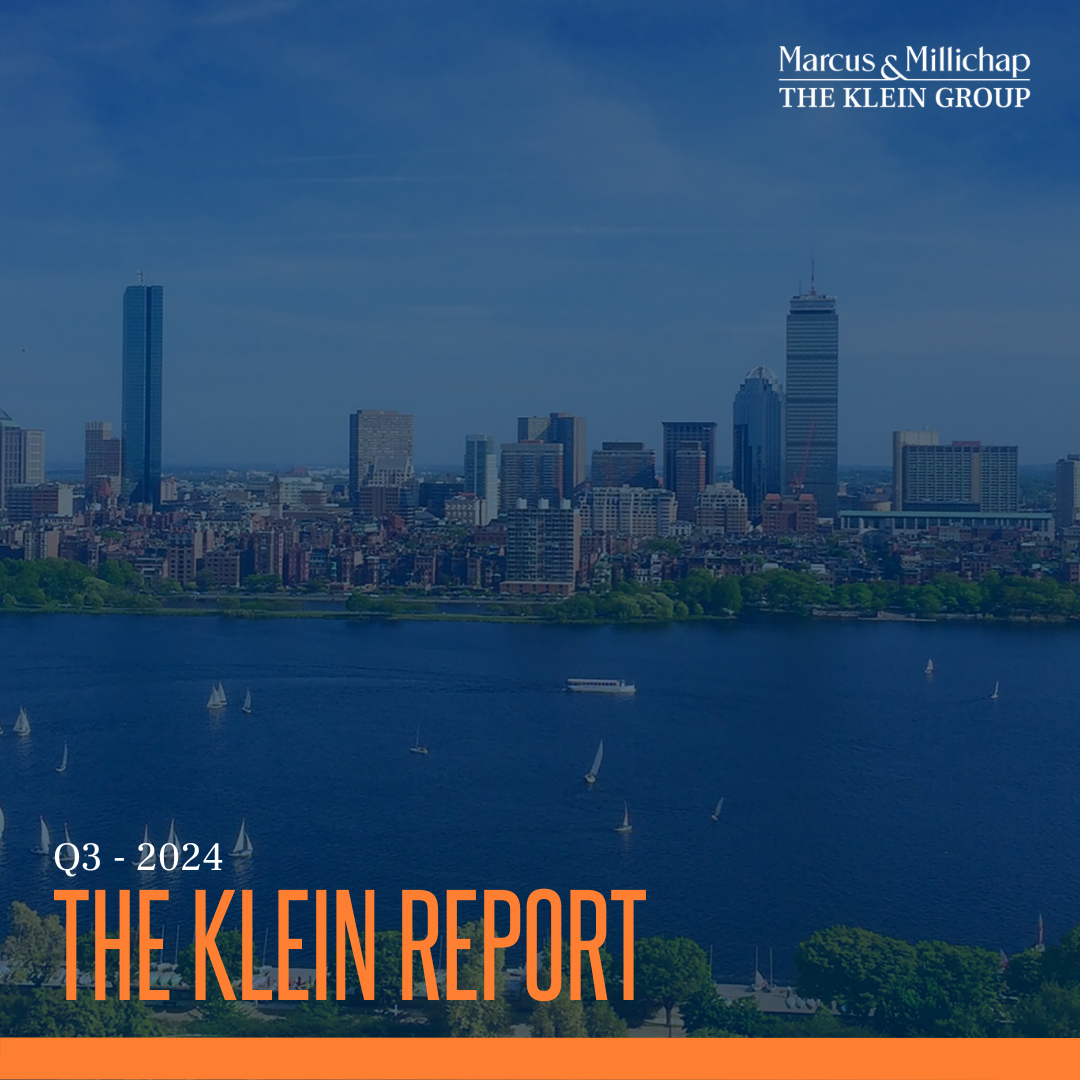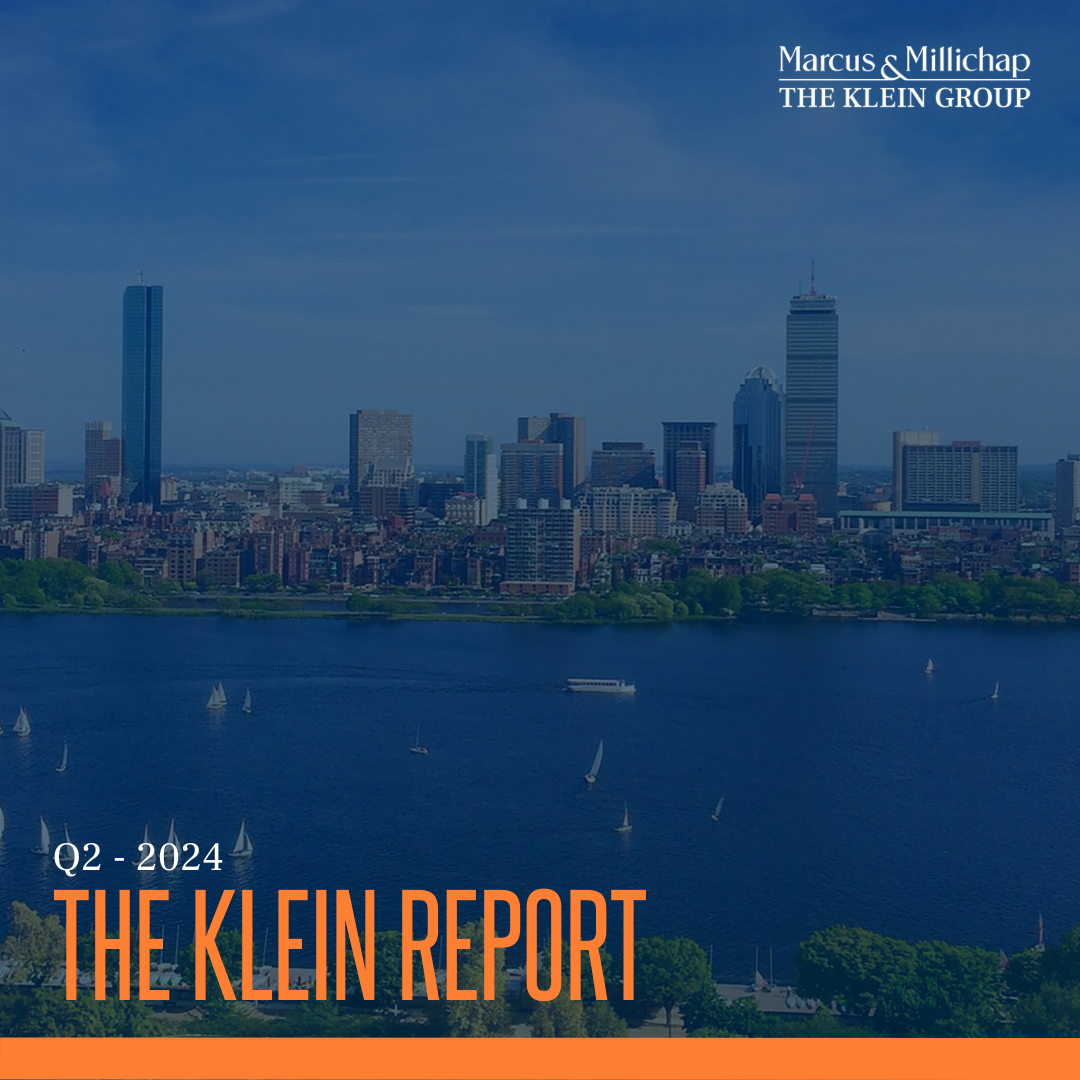Distribution facilities are the most in–demand type of industrial property. Fueled by e–commerce demand for logistics space, including last–mile distribution. The vast majority of new construction space is built for distribution tenants. These facilities are built with excellent highway access and are typically near major population centers. High clear heights and numerous loading docks are critical for storing and moving product. Modern standards are 32+ foot clear height and one loading dock per 5,000 SF. The demand for distribution space has caused value–add investors to raise ceilings or add docks to existing spaces to attract distribution tenants.
Advantages: incredibly strong tenant demand has created near zero vacancy in this space. Large truck courts and high clear heights are expensive to replace, creating scarcity. Nearly all development is concentrated in the 100,000 SF+ size range, creating opportunities for increasing rent and improving smaller, 20k–80k buildings. Demographics and continued e–commerce growth point to continued rent growth for last–mile sites in particular.
Disadvantages: High prices and low cap rates make this a hard space to find opportunities. The development of new, super high clear buildings may yield older buildings obsolete. Changing technology, including autonomous vehicles could materially change distribution networks, impacting certain buildings.
Ideal Buyer: These buildings are ideal for buyers looking for minimal risk and aren’t opposed to lower returns. Buyers are betting on rents growing over five percent per year, allowing for excellent long–term upside. Value–oriented buyers should target properties with excellent highway access in places like Chicopee, which sits at the intersection of Interstate 91 and Interstate 90. While institutional investors dominate the $5 million plus space opportunities can be found for private investors in the $2+ million range.




